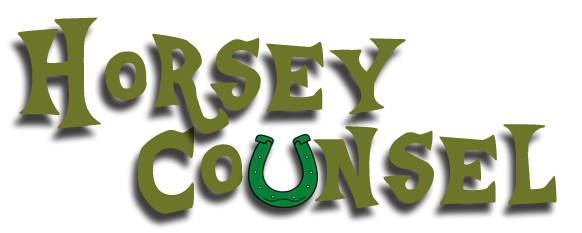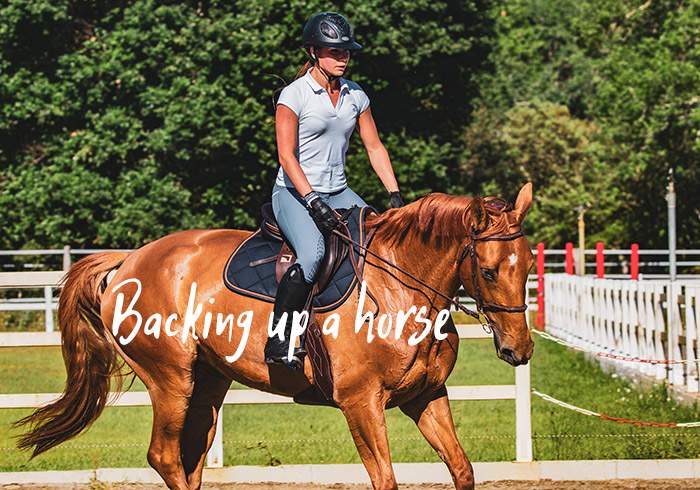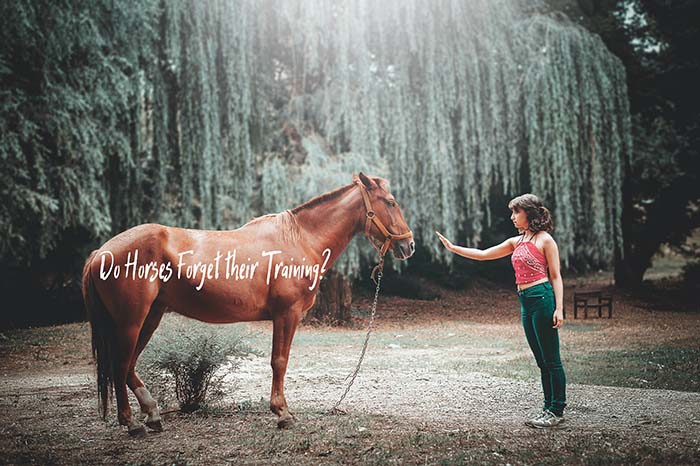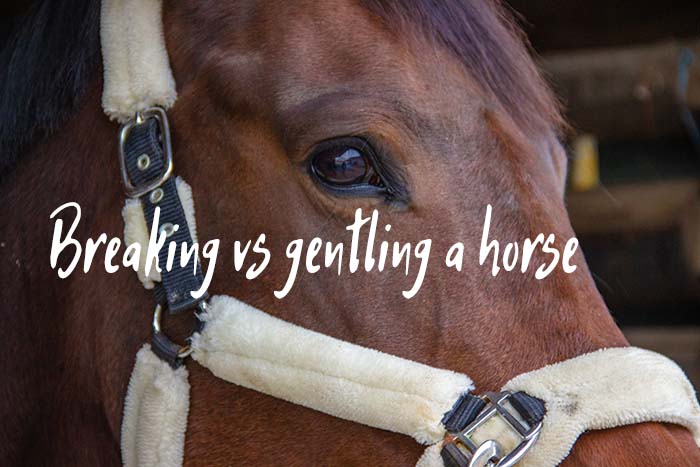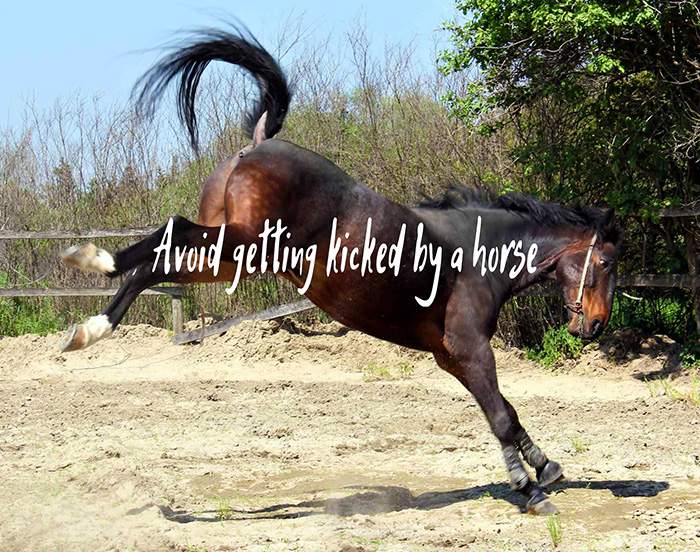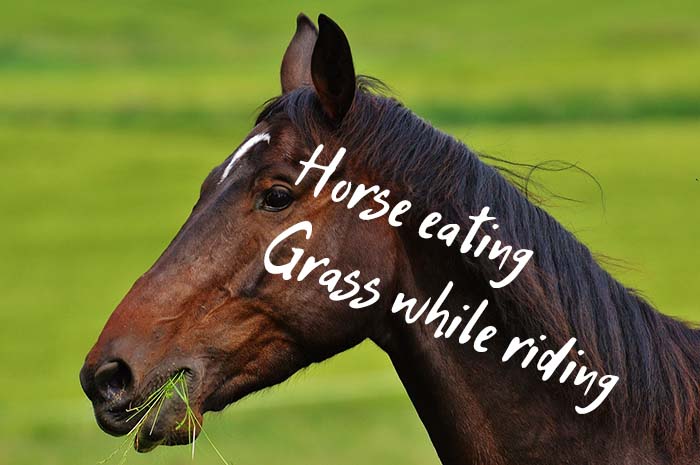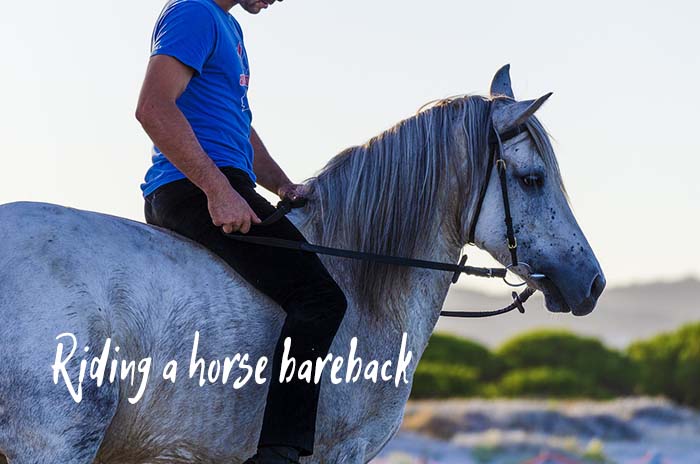How to Lunge a Horse for the First time
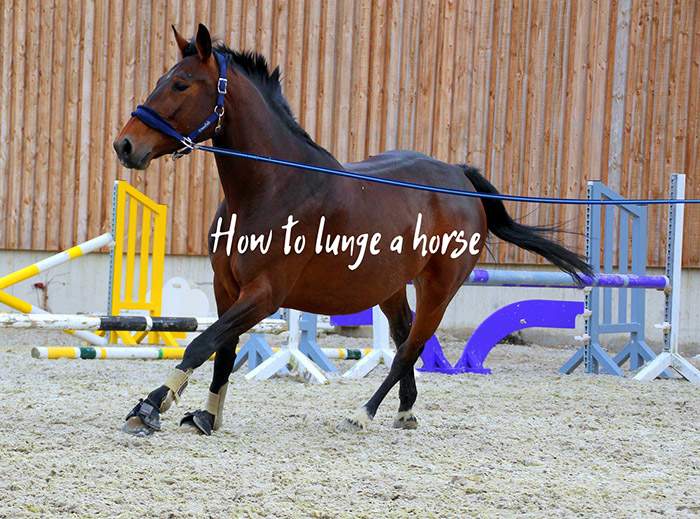
Lunging a horse is probably one of the most common and basic groundwork exercises. If you just got your horse, it represents a simple way to bond and to allow your horse to blow off some steam. While it might look simple and easy to do, it actually requires a bit of finesse to get right. I’ll walk you through the proper steps in a moment.
What is lunging? Lunging a horse has it move around in a circular pattern around you. The exercise is performed using a lunge line, and the longer the line, the larger the circle and the farther away the horse will be from you. There are many reasons why you would want to lunge a horse. These include burning off some extra energy, detecting lameness, and laying the foundations for further training.
How to lunge a horse properly?
Lunging a horse properly, especially for the first time, requires you to follow a specific set of steps. These steps were designed to ease the horse into the exercise, and raise the intensity as desired before toning things down towards the end. Let’s start off with the first step:
- Enter the ring. This step is very simple and straightforward: just lead your horse calmly into the ring (it can also be an arena), and instruct your horse to stand still in a spot near the edge. Next up, you’ll need to move into the center of the ring.
- Grab onto the lunge line and whip. Now’s the time to grab onto the lunge line and your whip. Pay attention to the side your horse will be working on. If it’s on the right, hold the line in your right hand and the whip in your left. Vice versa for the left side.
- Hold the line and whip in the correct position. The lunge line and the whip should form the two sides of a triangle with you at its apex. The horse will represent the base of that triangle. Stand relaxed and bend your arms at the elbows.
- Instruct the horse to walk forwards. Use the same tone and inflection for different commands. You’ll probably want to use a lower voice for halting voice aids and higher-pitched sounds to instruct the horse to move or change pace.
- Keep the circle neat. As your horse will move around you in a circular pattern, it’s your job to keep the lunge line up and prevent it from dragging on the ground. Keep the whip pointed at the horse’s hocks, and keep the triangle in place as the exercise progresses.
- Transition from a walk to a trot and vice versa. For these transitions, you’ll likely need to master whip movements. You can reinforce these aids by adjusting your whip’s position. In some cases, you might need to crack the lash, but most horses will respond to a wave of the whip.
- Halt the horse. As you instruct your horse to halt, it should stop where it is on the outer edge of the circle and wait for you to approach it. You can also call your horse to you and have it approach. In that case, make sure to gather the lunge line up so it doesn’t drag on the ground.
What equipment do you need to lunge your horse?
The equipment list for horse lunging is relatively short and simple. You will need a lunge headcollar or cavesson for your horse. If you find the cavesson to be too rigid or difficult to work with, you can always go for a headcollar. Keep in mind that you don’t need a cavesson to lunge your horse, but some horses have been trained to lunge with one so it makes things easier for everybody.
You’ll also need a lunge line that’s about 30 feet long. While you can use a rope, I usually prefer to go with a flat webbing line simply because it’s much lighter and more comfortable for prolonged lunging sessions. Make sure to get a lunge whip as well as some wraps to protect the horse’s legs and hoofs.
For yourself, consider investing in some grippy boots that prevent sliding, as well as a quality pair of gloves to prevent rope burn. A good helmet is also recommended in most cases.
What are the main advantages of lunging a horse?
As I mentioned at the beginning of this article, lunging is a great way to allow your horse to blow off some steam or get rid of some built-up energy. If someone is new to horse training (perhaps a student), lunging allows him or her to keep track of their positioning and improve their posture while working with a horse.
Furthermore, some trainers use lunging as a method to detect lameness in horses. As a base for training, lunging can improve a horse’s fitness and balance. It also enhances a horse’s rhythm and pace, and it can lead to improved canter transitions.
Are there any disadvantages to lunging?
Lunging in itself is not harmful to a horse if done correctly and in a timely manner. However, if the trainer has little or no control of the horse and lets it run around on its own in a circle without any guidance, the risk of injury increases dramatically.
Most riders lunge their horses before a riding session in order to allow them to blow off some steam. On the flip side, lunging is known to increase a horse’s excitement. It doesn’t have a calming effect. Lunging can also lead to lameness if done too often, such as every day.
Tips to improve your lunging experience.
A typical lunging session should not last more than 30 minutes, but you should strive to keep it under 20 minutes if the horse is older. Make sure to control the horse’s pace at all times, as your goal is to have the horse lunge in a quiet and respectful manner.
Be quick to respond to bad behavior. Some horses will see lunging as a doorway to misbehavior. Don’t allow it to buck, rear, or try to bolt. Establish clear ground rules and the entire experience will be more pleasant for both of you.
It’s not easy to control a horse from a distance using just a line and a whip. Practice makes perfect, so you should always look forward to improving your skills. One of your biggest challenges will be to hold the lunge line up at all times and to keep it organized (untwisted).
The lunging circle should be around 20m to 30m in diameter (65 feet to 98 feet). If your horse is going fast, then your circle needs to be large in order to compensate. Keep the circle relatively large and round throughout the training session. If you lunge a horse in a very small circle, you will put too much strain on its legs.
Use your body language and your voice to give aids to the horse. Your voice in particular is your most important tool while lunging. Its volume, depth, and intonation will guide your horse throughout the lunging process.
Keep an eye out on your horse’s ears. If you notice that your horse has floppy ears, that’s a good sign. This means that its jaw is relaxed and that it’s not experiencing any distress or discomfort. The goal with lunging is to exercise your horse, not to strain it. While the exercise itself might be taxing on a horse’s body if not done right, it can lead to wonderful developments if done properly.
